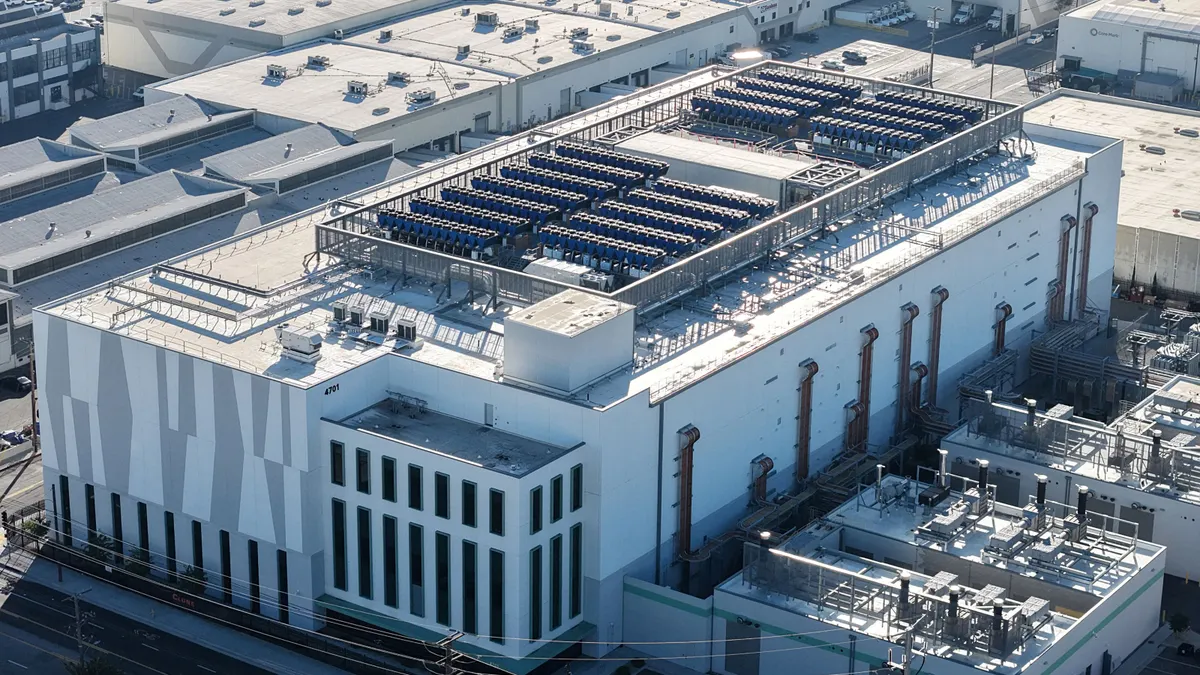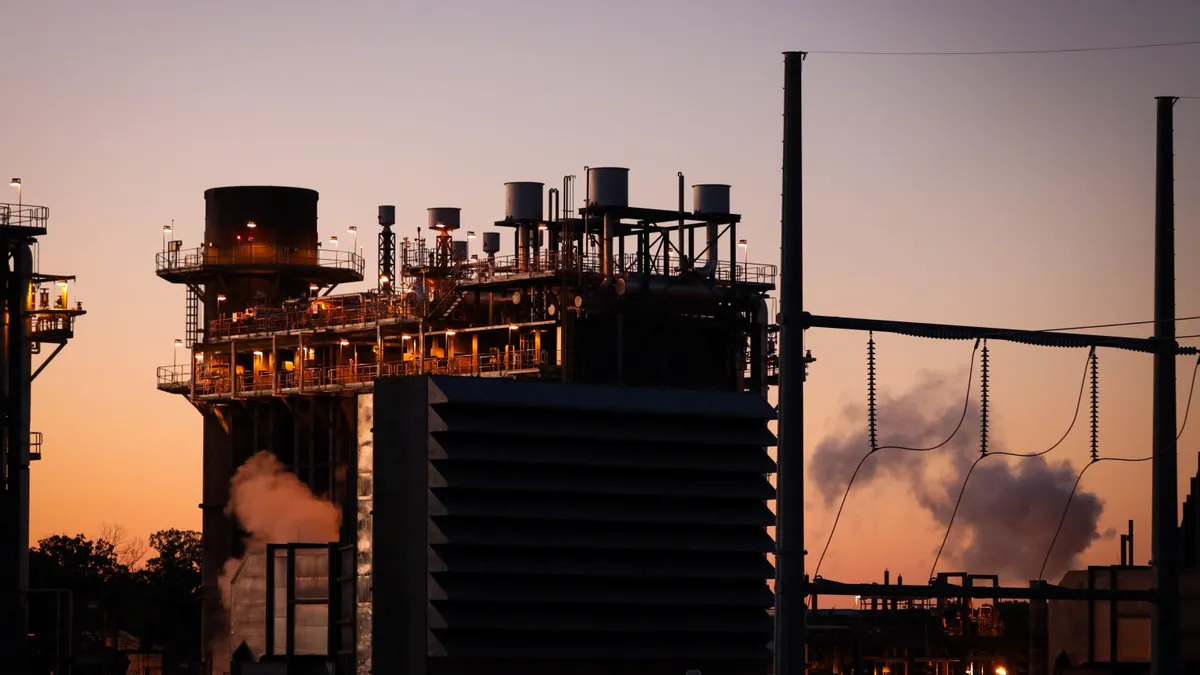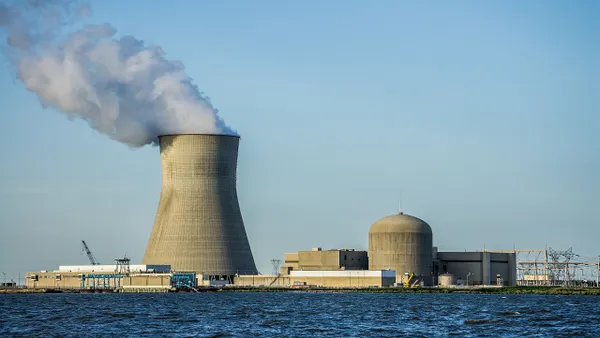Dive Brief:
- Power generators and large customers should embrace flexibility as rising power demand increases the risk of load-shedding events — interruptions in the delivery of electricity — during the spring and fall, Aurora Energy Research said in a June 6 report.
- The Electric Reliability Council of Texas could see shoulder-season load-shedding events by 2030, according to a model based on past thermal generator outage conditions, the report says. It will have a ramping requirement of at least 10 GW for 16% of hours by 2035, underscoring the need for a fleet of flexible resources to respond to sudden demand swings, it says.
- Batteries and gas peaking plants provide crucial flexibility on the generation side, while flexibility from data centers and other large loads could prevent load-shedding and avoid 10 GW of new generation capacity by 2030, Aurora said.
Dive Insight:
Aurora’s modeling in ERCOT, the PJM Interconnection and other ISOs shows that the historically uneventful shoulder seasons increasingly present reliability concerns for grid operators due to aging infrastructure and ever-more-volatile weather conditions.
A May 25 load-shed event that affected nearly 100,000 customers in New Orleans highlights the risk, Aurora said.
Two Louisiana nuclear power plants with more than 2 GW of combined capacity were offline during the event, one unexpectedly due to a cooling system issue. At the same time, a critical 500-kV transmission line serving New Orleans was out of service because it had been damaged in an early March tornado. Other lines in the area overloaded as demand spiked amid unseasonably hot weather.
About 70% of the 6.3 GW of outages contributing to the event were unplanned; flexible resources like batteries could have addressed some of the shortfall, representatives for the Midcontinent Independent System Operator told the New Orleans City Council on June 3.
Existing capacity accreditation approaches may not adequately capture the risk of shoulder-season reliability events, Aurora said. For example, no more than 10% of accredited thermal generation capacity was unavailable in PJM during Winter Storm Elliott, the 2022 event that Aurora said was typical of peak-season grid emergencies. In contrast, 37% of accredited coal capacity and 27% of accredited nuclear capacity were offline in ERCOT during a May 2024 reliability event, Aurora said.
Grid-scale batteries discharged 2.2 GW and flexible resources discharged a total of 9.1 GW during the May 2024 ERCOT event, helping mitigate the impacts, Aurora said.
Those contributions came amid a record pace of battery deployments in ERCOT. A December analysis by the American Clean Power Association found that the roughly 5 GW of batteries the region added between the summers of 2023 and 2024 dramatically improved system reliability while avoiding at least $750 million in consumer electricity costs.
Flexible resources will be increasingly important as ramping requirements and overall loads increase through the end of the decade, Aurora said. Its models suggest data centers will be the single biggest contributor to an expected 63% rise in average hourly spring load in ERCOT by 2030.
While data center capacity in ERCOT is expected to increase from 4 GW this year to 35 GW in 2030, up to 50% of that capacity can provide some degree of reliability support in emergencies, Aurora said. Aurora projected that 20% of all expected data center capacity would be directly responsive to price, meaning data center operators can voluntarily run backup generators or shift demand during demand-induced price spikes, while 30% could turn down when called upon by the system operator.
The Texas Legislature passed a landmark bill this year to give ERCOT more control over data centers’ energy transactions, including authority to shut off power to them during grid emergencies. The bill, S.B. 6, “may become the model for the rest of the country," Republican state Sen. Phil King told the Texas Tribune last month.
Despite the growing need for grid flexibility, data center contributions to flexibility will remain modest, Aurora’s report noted. Even by 2030, data centers would need to flex less than 0.5% of total capacity during about 5% of hours in the year, with average event durations lasting five to 10 hours, Aurora said.














